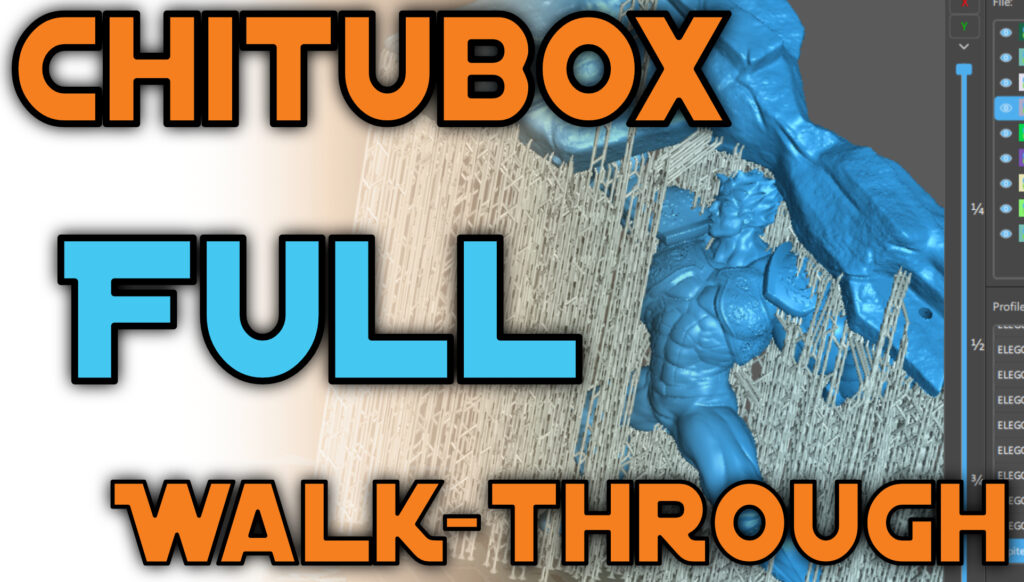CR10 Smart – Extruder Upgrade
Instructions
In today’s article, we’ll be covering how to replace the Feeder Extruder with the MK-8 on the CR10 Smart. I purchased this upgrade kit with my own money for this upgrade, and as always do this mod at your own risk.
Now this feeder has a couple of good features which will make both this machine easier to maintain and more durable in the long run. The stock feeder, has for many users of both the CR-6 SE and CR-10 Smart, caused quite a few issues due to its lack of durability and design. Although the stock extruder has a convenient release mechanism for the filament, all the parts are currently made from a plastic which is prone to wearing over time, not to mention that the closed design makes it difficult for maintenance overall. The MK-8 on the other hand, is an open design which is much simpler to assemble. The model that you see here is also made from all metal parts, making it a longer lasting product.
So before we begin, I’d recommend laying out all the parts so that it’s easier to see everything as well as ensuring that we have all the required components. For this kit in particular, there are 4 different screws, some of which are very similar in design. If you have any filament that’s currently loaded, you’ll need to remove this prior to installing the components.
With the machine turned off, we’ll remove the old feeder from the machine by loosening the screws on the top cover. We can then take the second set of screws out while holding the motor in place to prevent from damaging the build plate.
The first part we’ll put together is the adjustment arm, since this is easier to address while the part isn’t currently installed. For this we’ll need the washer, U-bearing and the M4 Screw that we’ll assemble into this portion of the arm. You want to make sure that the screw is tight enough to hold the U-bearing in place, but not tight enough to prevent any movement. We’ll then add one of the next set of screws (There should be 3 of them, but we’ll only be using one for now), which will help hold the spring into place later on. For the baseplate, we can pre-install the Bowden tube connector. In this case we don’t need to adjust the extrusion gear since it should already be set to the correct height, however you can check this by inserting some filament when this is fully assembled.
Using the Flat top screw, you’ll attach the motor to the baseplate and use these remaining 2 screws to fully secure it into place. The arm has a small metal piece which is designed to allow the adjustment arm to rotate freely, and we’ll put this in now before we add the tensioning spring. This small component (looks like a screw but isn’t) is what allows us to adjust the tension on the spring, and goes together. It’s easier to insert the spring first followed by the attachment screw and this should be pretty easy so long as you push these two portions together as you do so. Make sure to tighten the attachment screw all the way to ensure a tight fit. With this complete, we simply need to attach the Bowden tube and secure with the claw clamp.
Compared to some machines, this model does have the ability to adjust the tension on the filament, but in most cases you simply need to tighten this slightly since too much can cause the filament to puncture the Bowden tube. In general, it should be just tight enough to push the filament through, but be able to skip if there’s an extrusion issue. So long as you’ve installed a Capricorn Tubing, you shouldn’t have any issues with heat creep in the extruder.
Personal Notes
- MK-8 All metal Extruder
- Lay parts out Prior to assembling
- Keep the Extrusion Gear in place
- Tension should be just enough to push filament through
CR10 Smart (Regular) Mods
Yasmeen completed both the 2D and 3D animation course at Algonquin College and worked in the animation industry as a freelancer for a number of years before being hired to manage the 3D printing services at ItsYeBoi. While using the Alias of "Jenny" during her services, she was responsible for the testing, maintenance and upgrading of the machine while also filming and developing 3D printable assets for various projects.

